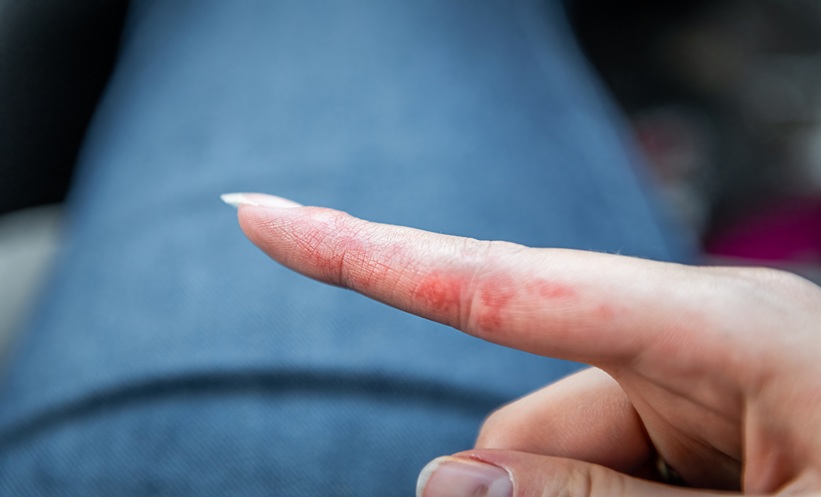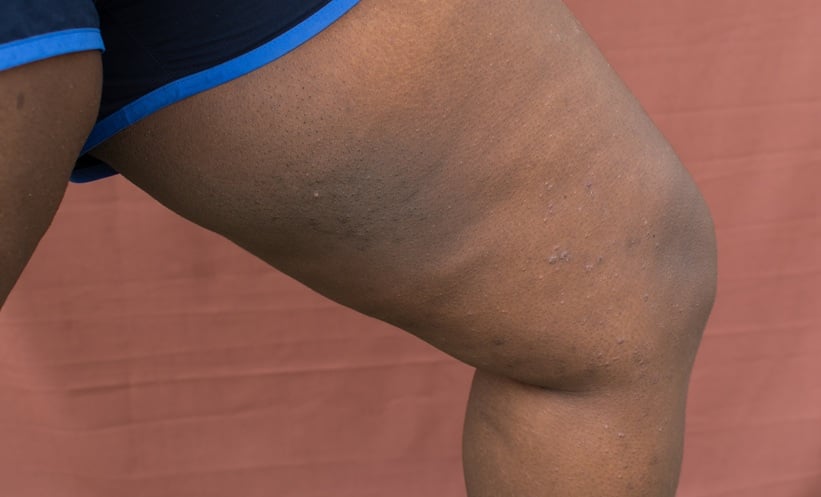SKIN cancer risk remains high in patients with xeroderma pigmentosum, including rare long-term survivors, according to a newly reported case of squamous cell carcinoma (SCC) in a 55-year-old woman with the condition.
Xeroderma pigmentosum (XP) is a rare autosomal recessive genodermatosis marked by defective nucleotide excision repair, resulting in an inability to correct ultraviolet (UV)-induced DNA damage. This defect leads to profound photosensitivity, pigmentary abnormalities, early skin aging, and a significantly elevated risk of skin and mucosal malignancies.
While XP typically manifests in childhood, and many patients develop skin cancers in early life, this case describes an unusual presentation of SCC in an older adult, highlighting the lifelong oncologic risk associated with the disorder. The patient, a 55-year-old female, presented with a single asymptomatic lesion on the left cheek. Clinical examination revealed a well-defined, dark, raised nodulo-plaque with a central adherent crust. Histopathology confirmed an invasive tumor originating from hyperplastic and dysplastic squamous epithelium, with positive cytokeratin staining.
This case reinforces the severity and persistence of cancer risk in XP, a condition that increases the risk of non-melanoma skin cancers by up to 10,000 times and melanoma by 2,000 times compared to the general population. Squamous cell carcinoma remains a common malignancy in these patients, particularly in sun-exposed areas.
Increased awareness of XP’s implications is essential, especially as some patients may live beyond the commonly cited life expectancy of 29 to 37 years. Genetic counseling is a critical component of management, providing families with a better understanding of inheritance risks and aiding in preventive strategies. Continued surveillance, strict photoprotection, and early intervention remain the cornerstones of care to improve patient outcomes.
Reference:
Aneja S et al. The Price of Exposure: Xeroderma Pigmentosum and Skin Cancer. Cureus. 2025;17(6):e85703.







